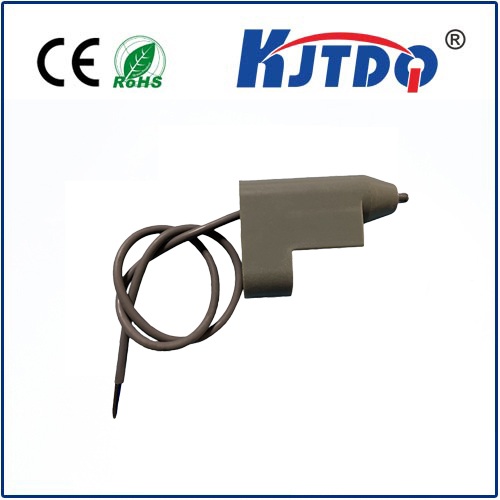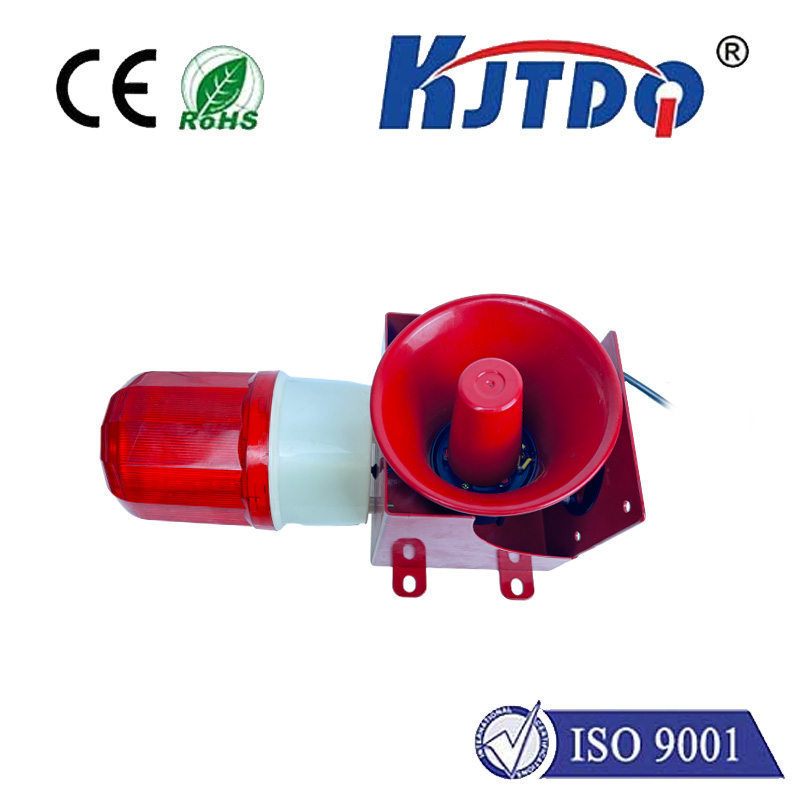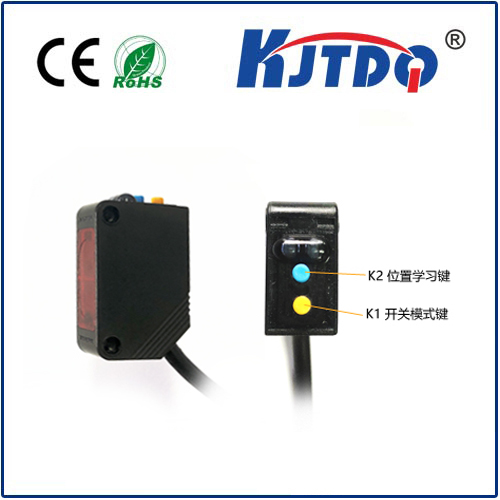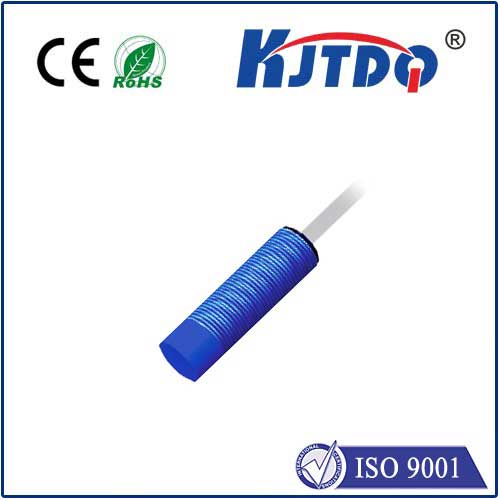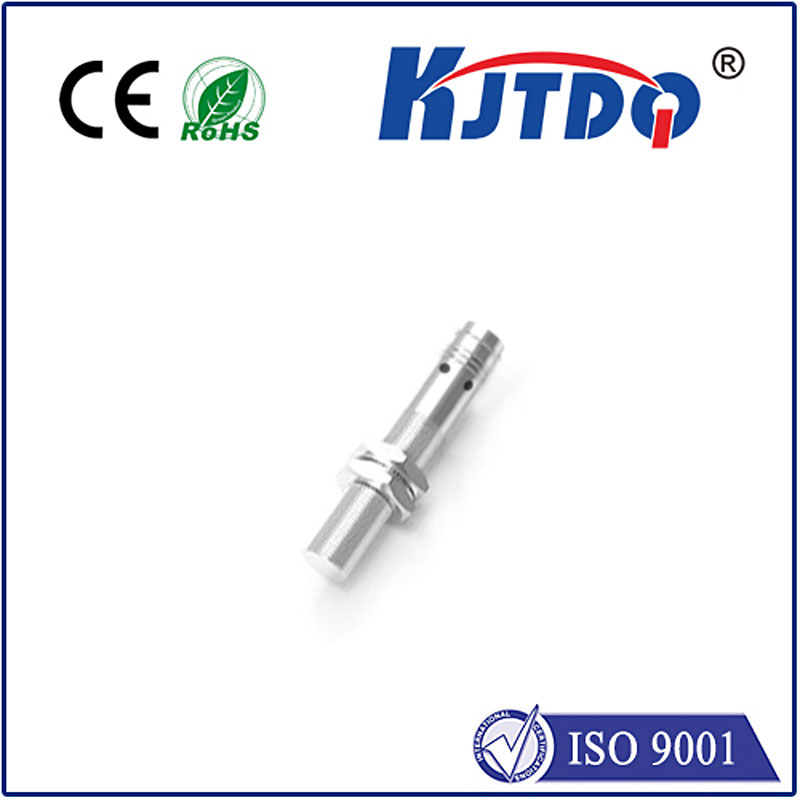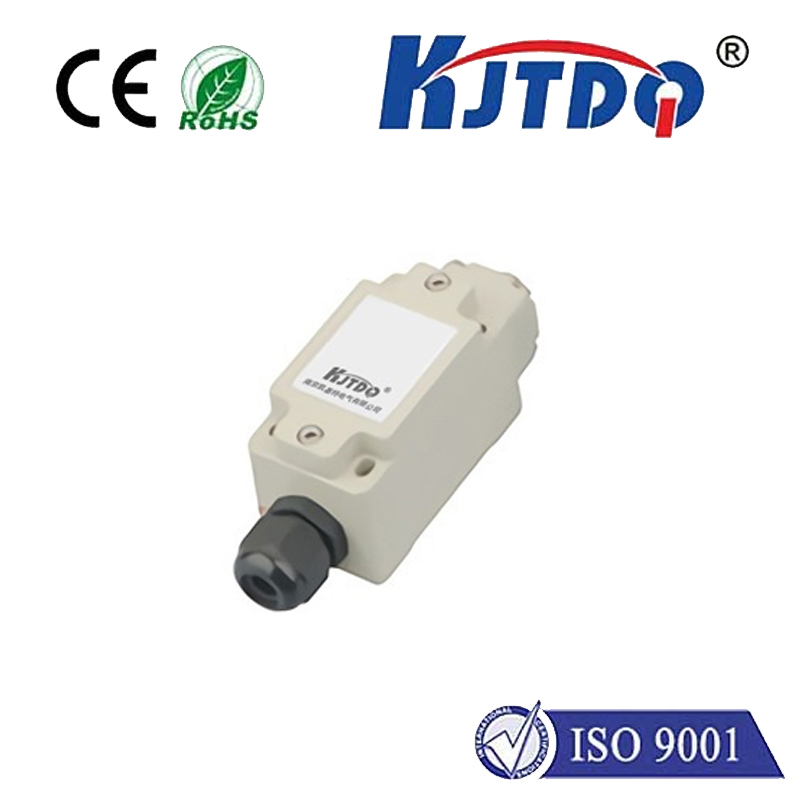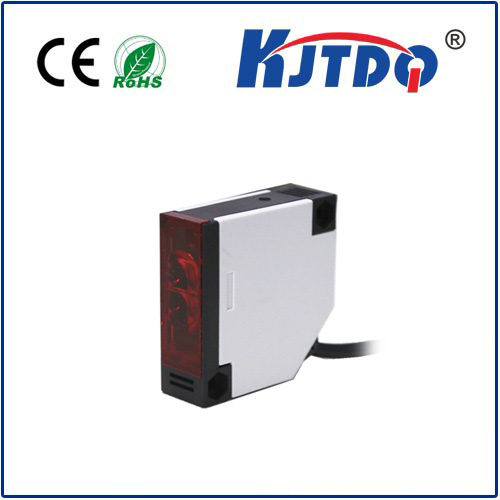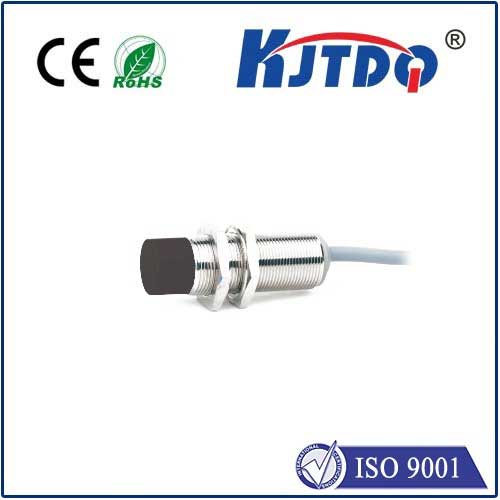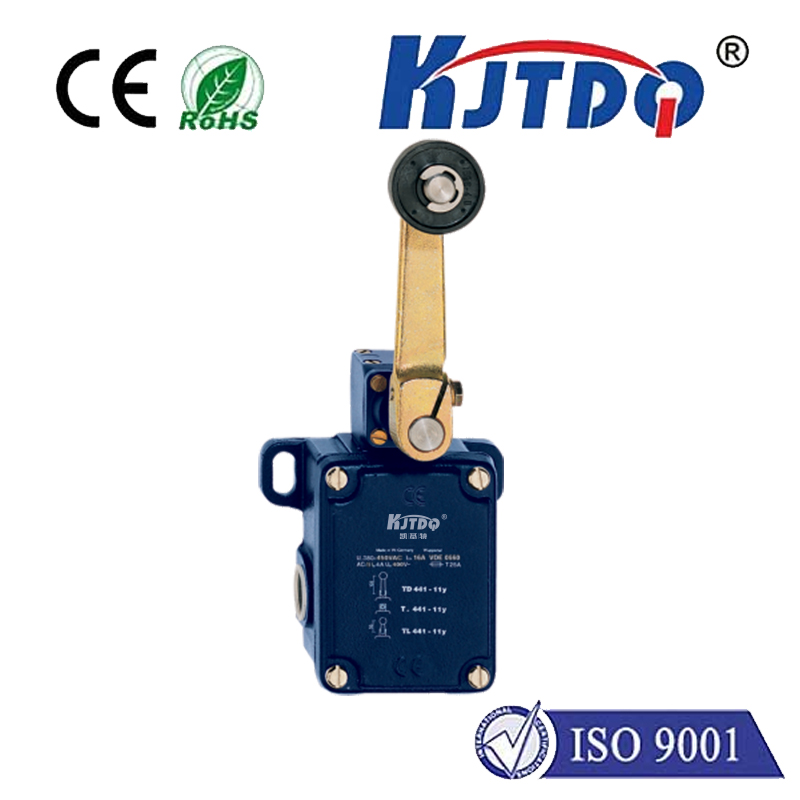
check

check

check

check
Proximity Sensor Limit Switch: The Ultimate Tool for Industrial Automation
In today's fast-paced industrial world, the need for automation has become more important than ever before. With the increasing demand for efficiency and productivity, businesses are constantly looking for ways to improve their processes and reduce costs. One tool that has become an essential part of industrial automation is the proximity sensor limit switch.
The proximity sensor limit switch is a device that detects the presence or absence of an object without any physical contact. It uses electromagnetic fields, light beams, or sound waves to determine whether an object is near or far from it. This makes it ideal for use in various applications, including manufacturing, packaging, and material handling.

One of the main advantages of using a proximity sensor limit switch is its ability to improve safety in industrial settings. By detecting objects at a distance, it can prevent accidents caused by machinery coming into contact with people or other objects. Additionally, it can also help reduce downtime by preventing machines from operating when there are no materials present.
Another benefit of using a proximity sensor limit switch is its ability to increase efficiency and productivity. By automatically detecting the presence of materials, it can help streamline processes and reduce the need for manual intervention. This can lead to significant cost savings and improved overall performance.
When choosing a proximity sensor limit switch, there are several factors to consider. These include the type of sensing technology used, the distance range, and the environmental conditions in which it will be used. For example, if a switch will be used in a high-temperature environment, it may require a different type of sensing technology than one used in a low-temperature setting.
In terms of types of sensing technologies available, some common options include inductive sensors, capacitive sensors, ultrasonic sensors, and photoelectric sensors. Each has its own advantages and disadvantages, so it's important to choose the right one based on your specific needs.
The distance range is another important factor to consider when selecting a proximity sensor limit switch. Some models are designed for short-range detection, while others can detect objects at much greater distances. It's important to choose a model that can accurately detect objects within the desired range.
Finally, environmental conditions such as temperature, humidity, and vibration can all impact the performance of a proximity sensor limit switch. Be sure to choose a model that is designed to withstand the specific conditions in which it will be used.
In conclusion, the proximity sensor limit switch is an essential tool for industrial automation. Its ability to detect objects without physical contact makes it ideal for improving safety, efficiency, and productivity in a variety of applications. By choosing the right model based on your specific needs and environmental conditions, you can ensure that your industrial processes run smoothly and efficiently.
